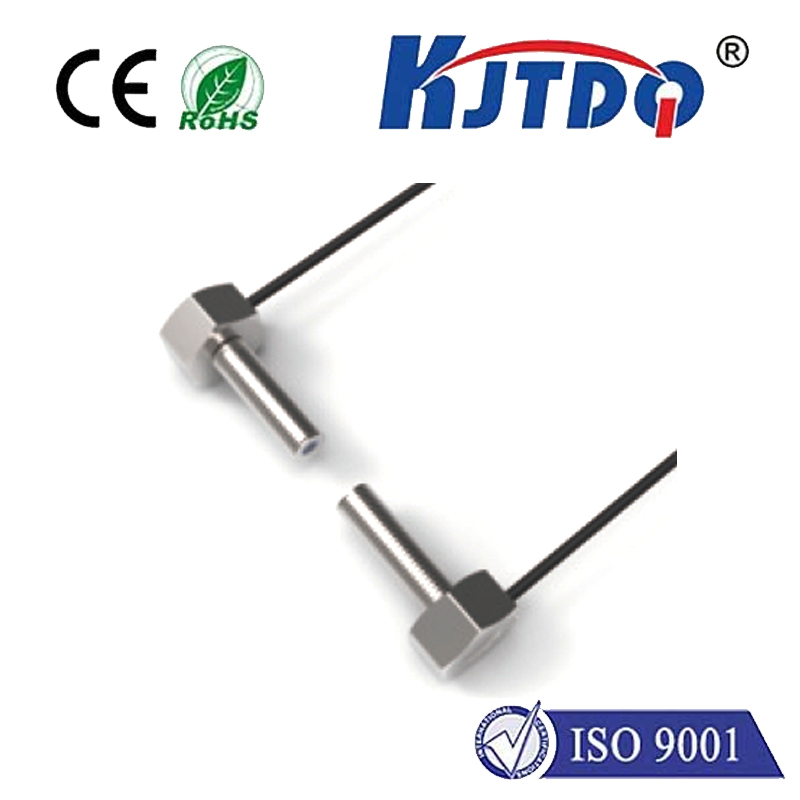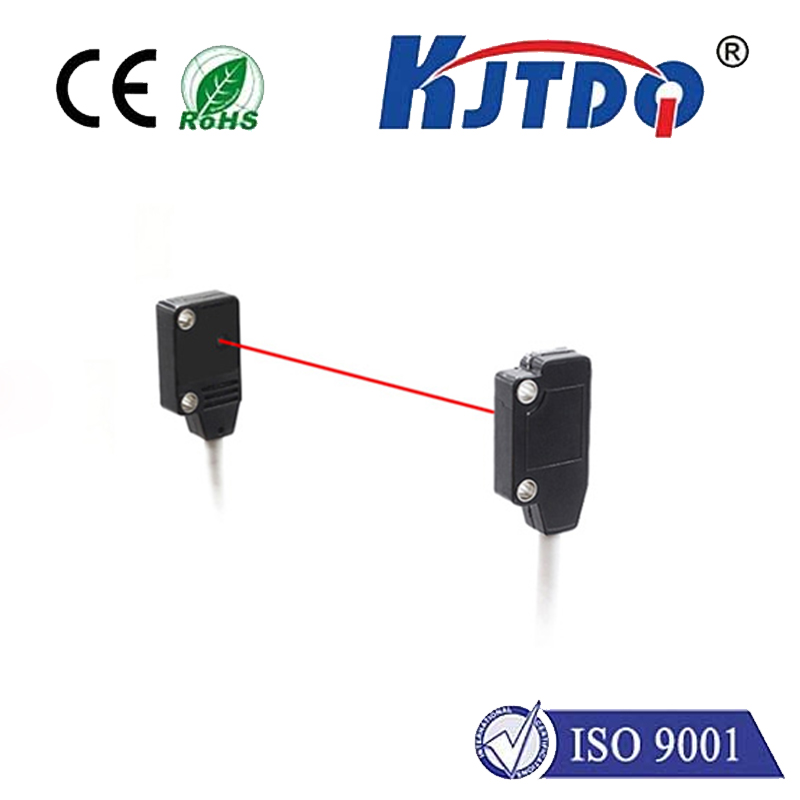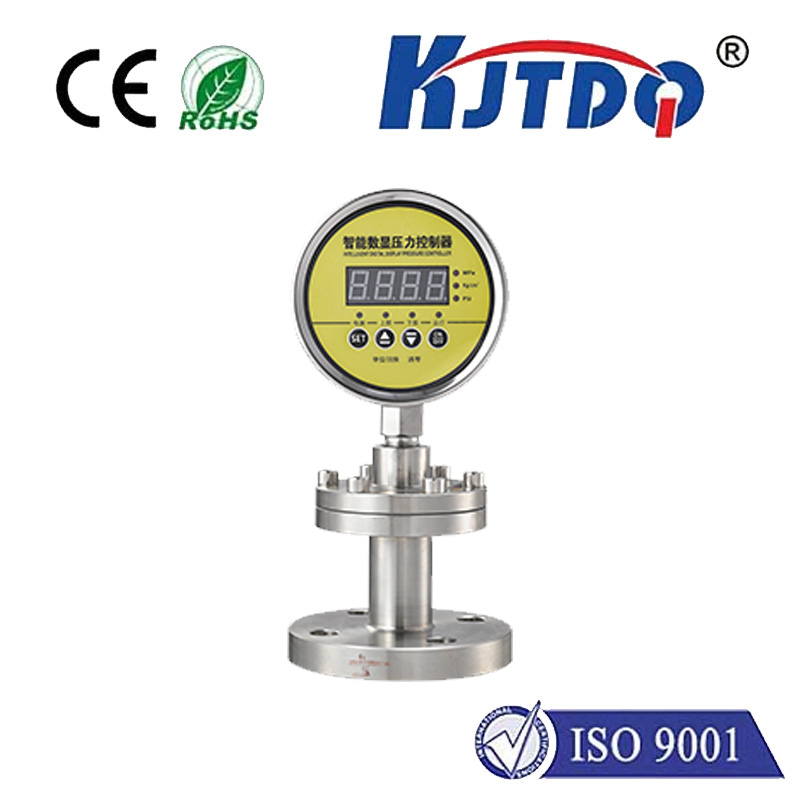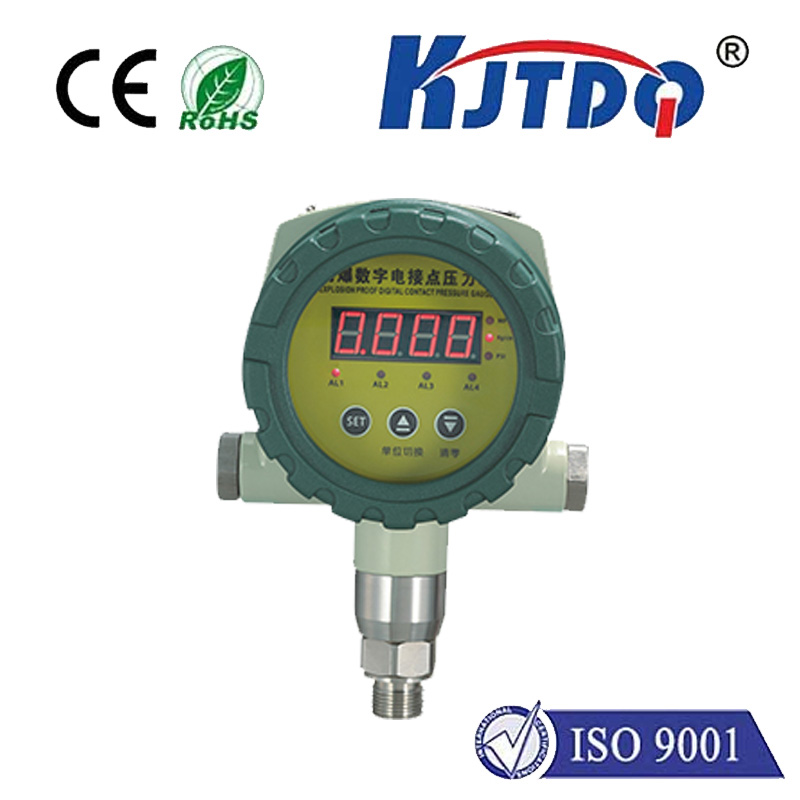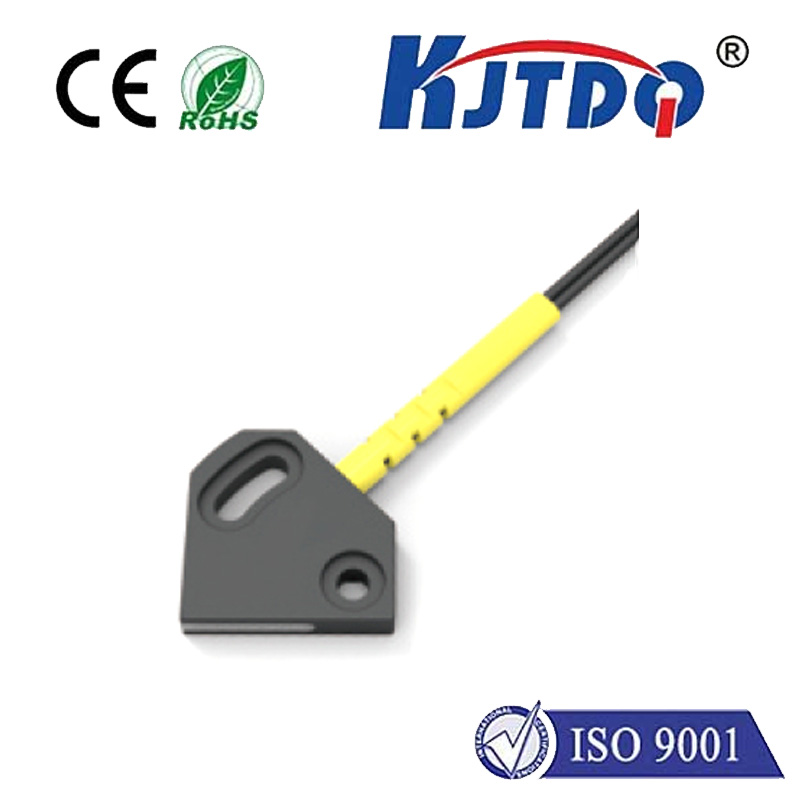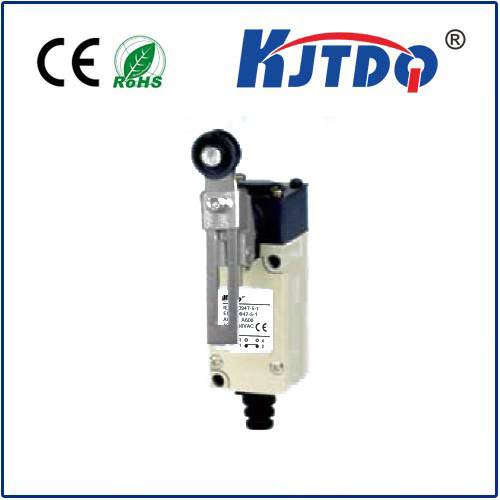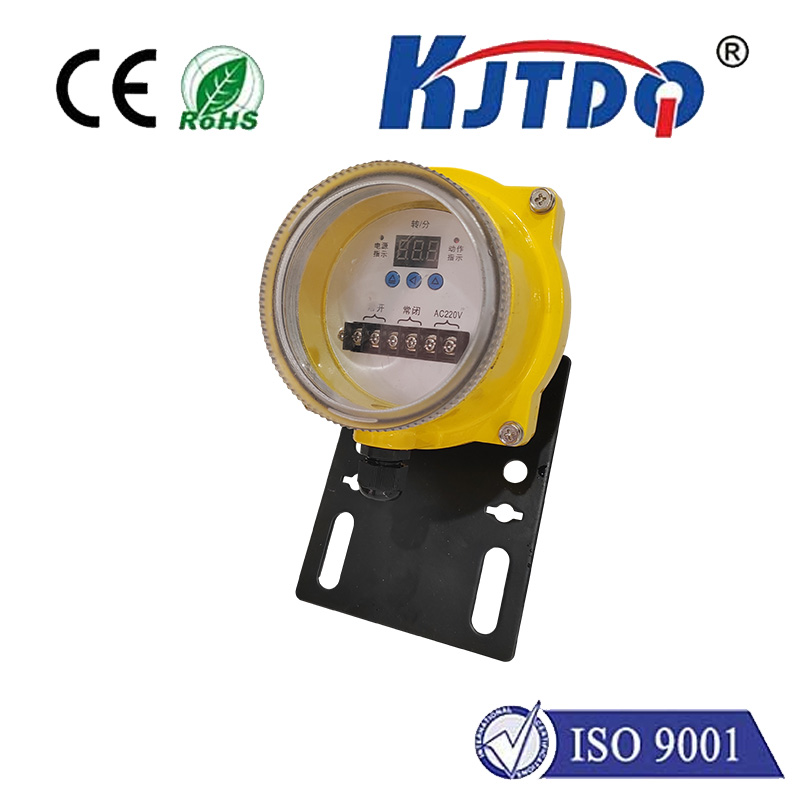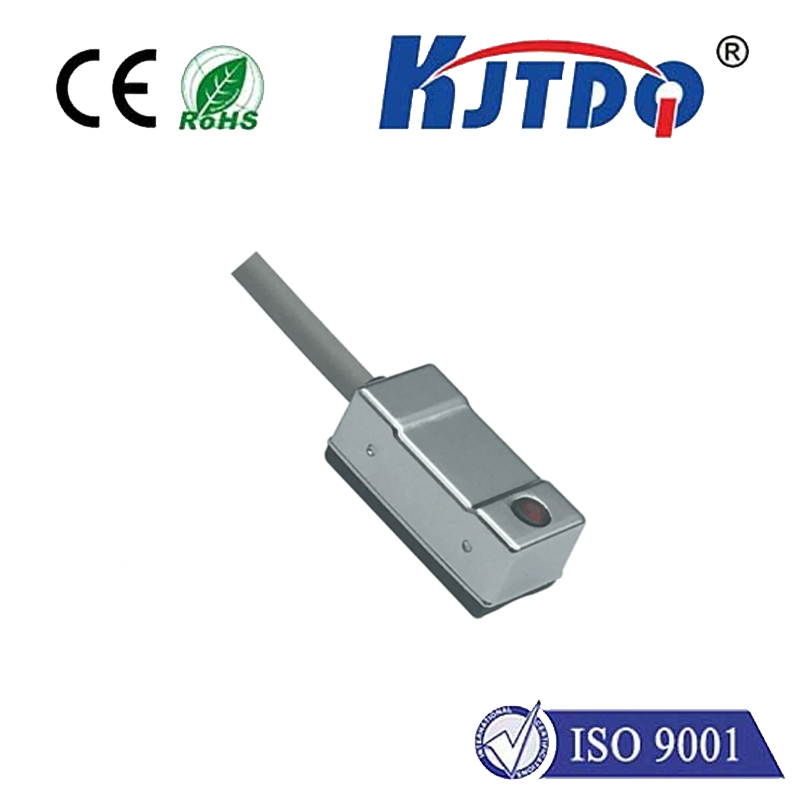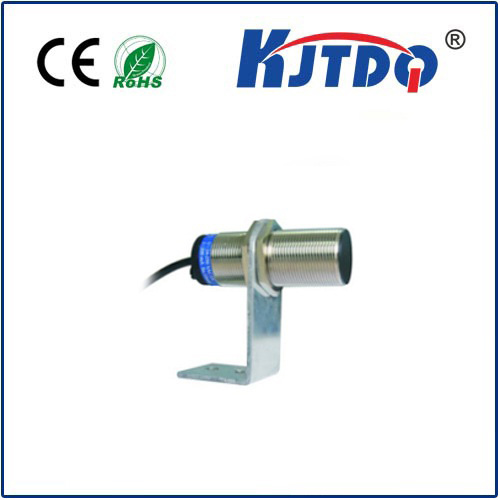

check

check

check

check

check

check

check

check

check

check
Reflective photosensors are essential components in various industries, including manufacturing, automation, and robotics. These devices work by emitting light onto a surface and measuring the amount of light reflected back to determine specific properties of the surface or its surroundings. In this article, we will delve into the principles behind reflective photosensors, their applications, and factors to consider when choosing one.
Firstly, it's important to understand how a reflective photosensor operates. The sensor contains both an emitter, which sends out light, typically infrared or visible light, and a receiver that detects the light reflected off a target object. When the emitted light hits the object, some of it is absorbed while the rest bounces back to the receiver. The amount of light received correlates with the characteristics of the targeted surface, such as its color, texture, and distance from the sensor.

In terms of applications, these sensors are versatile tools. They can be used for object detection and proximity sensing, where they alert systems to the presence or absence of objects within a certain range. This is crucial in automated machinery to avoid collisions and ensure proper alignment during assembly tasks. Moreover, reflective photosensors play a role in quality control processes where they might check for product dimensions, color consistency, or surface defects.
Another area where reflective photosensors shine is in optical communication systems. Here, they help regulate data transmission by detecting variations in reflected light patterns, aiding in maintaining efficient signal transfer between devices.
When selecting a reflective photosensor, several factors must be considered. The first is the detection range, which varies depending on the power of the emitter and sensitivity of the receiver. Next is the size and shape of the detection area; different applications require focused beams or wide-area coverage. Environmental conditions also affect sensor performance, so durability against temperature extremes, dust, and moisture is important for industrial settings. Lastly, the compatibility with the system’s electronic interfaces ensures seamless integration for optimal operation.
To conclude, reflective photosensors are vital tools in modern technology, enabling precise measurements and interactions with the environment. Whether for industrial automation, quality monitoring, or data communication, understanding and properly selecting these sensors is key to successful implementation and operation. By considering factors such as detection range, environmental resistance, and compatibility, engineers can choose the right sensor for their needs, ensuring robust and reliable performance.
